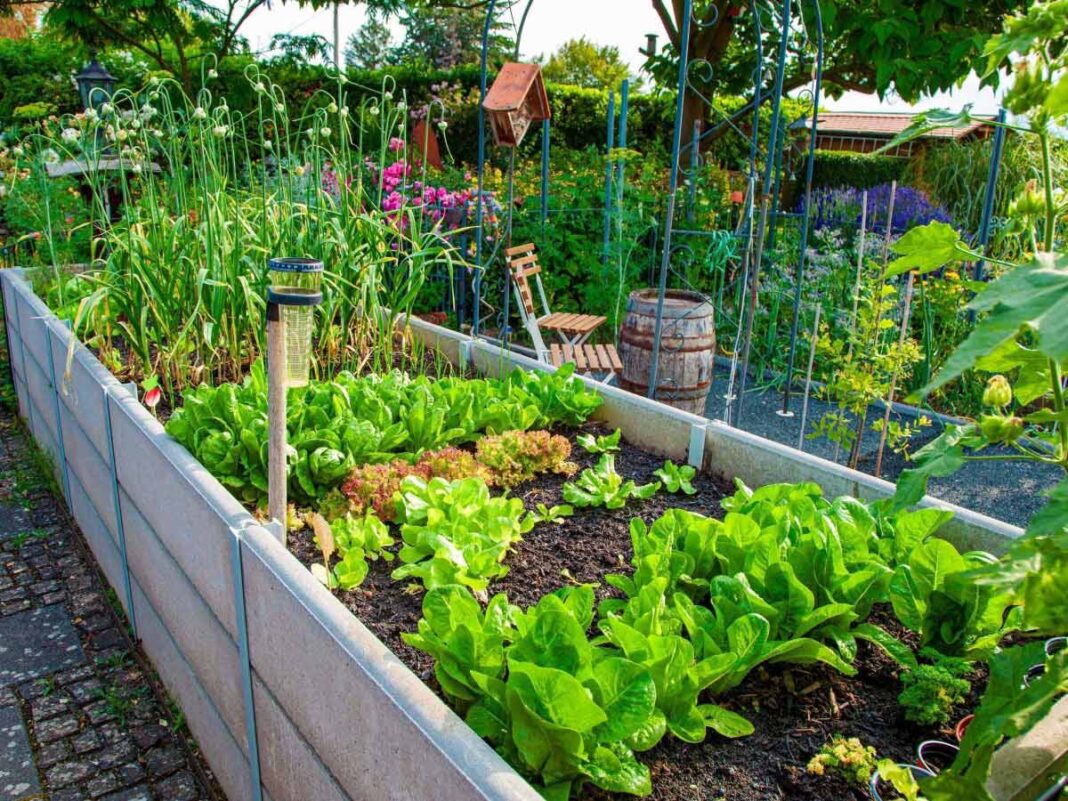In the ever-evolving world of gardening, understanding the intricacies of your environment can make your garden thrive. One such crucial aspect is the concept of microclimates, which can significantly influence plant growth and garden productivity.
Understanding Microclimates
A microclimate refers to a small, specific area within a larger region that has its own unique climatic conditions. These variations can be due to factors like sunlight exposure, wind patterns, soil moisture, and the presence of structures or bodies of water. Even within the confines of a single yard, microclimates can vary dramatically, affecting how well certain plants grow. For instance, gardens with longer or sunnier days may see plants mature faster than those with more shade or cooler temperatures.
The Impact of Microclimates on Gardening
Microclimates play a pivotal role in determining which plants will thrive depending on certain factors:
- Sunlight Exposure: Areas that receive full sun versus partial or full shade can create vastly different growing conditions.
- Heat Absorption and Retention: Materials like stone, concrete, and even south-facing walls can absorb heat during the day and release it at night, creating warmer spots ideal for heat-loving plants.
- Wind Patterns: Wind can lead to increased heat loss and damage plants. Utilizing windbreaks like fences or hedges can protect sensitive species.
- Moisture Levels: Low-lying areas may retain more moisture, making them suitable for water-loving plants, while elevated spots might be drier.
Creating and Utilizing Microclimates
Gardeners can strategically modify or create microclimates to suit the needs of various plants:
- Plant Near Structures: Buildings, walls, and fences can reflect sunlight and provide wind protection, enhancing growing conditions for certain plants.
- Use Heat-Absorbing Materials: Incorporate rocks, brick paths, or stone mulch to create warmer areas for plants that require more heat.
- Create Shade: Use pergolas, trellises, or strategically placed trees to provide shade for plants that cannot tolerate intense sunlight.
- Build Raised Beds: Raised garden beds can warm up faster in the spring and are excellent for drainage, benefiting a variety of plants.
Planting According to Microclimates
Understanding and mapping out the microclimates in your garden can help you choose plants that are best suited for each area:
- Warm and Sunny Spots: Ideal for tomatoes, peppers, and other heat-loving vegetables. For example, south-facing walls receive the most sunlight and can create a warm microclimate.
- Cool and Shady Areas: Perfect for leafy greens like lettuce, spinach, and herbs that prefer less intense sunlight.
- Moisture-Rich Zones: Plant water-loving species such as celery or certain varieties of berries in low-lying areas where water tends to accumulate.
- Wind-Protected Sections: Use these spots for delicate plants so they won’t be damaged by strong winds. Windbreaks not only protect but also can create a more humid microclimate.
Benefits of Microclimate Gardening
Embracing microclimate gardening offers numerous advantages:
- Extended Growing Seasons: By creating warmer microclimates, you can start planting earlier in the spring and continue later into the fall.
- Diverse Plant Selection: Accommodate a wider variety of plants by matching them to suitable microclimates within your garden.
- Improved Plant Health: Plants are more likely to thrive when grown in optimal conditions, leading to better yields and healthier gardens.
- Resource Efficiency: Efficient use of water and soil amendments by tailoring care to specific areas reduces waste and labor.
Practical Tips for Gardeners
- Observe Your Garden: Spend time noting where the sun hits at different times of the day, areas where water pools, and spots that are particularly windy or sheltered.
- Experiment and Adapt: Don’t be afraid to try different plants in various microclimates and see how they perform. Gardening is a continual learning process.
- Use Garden Structures Wisely: Incorporate elements like trellises, pergolas, and walls not just for their functionality but also for their ability to alter microclimates.
- Consider the Seasons: Recognize that microclimates can change with the seasons, affecting how you should plan and plant your garden throughout the year.
Understanding and utilizing microclimates is a powerful tool in the gardener’s arsenal. By tailoring your gardening practices to the unique conditions within your yard, you can create an environment where plants thrive, maximizing productivity and enjoying a diverse, healthy garden.
